GRS Certified: What It Means and Why It Matters
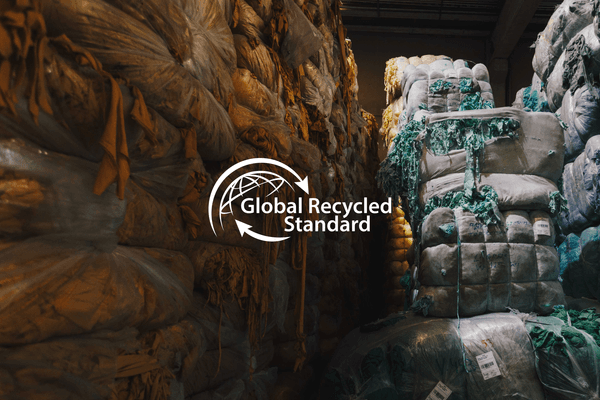
Site map
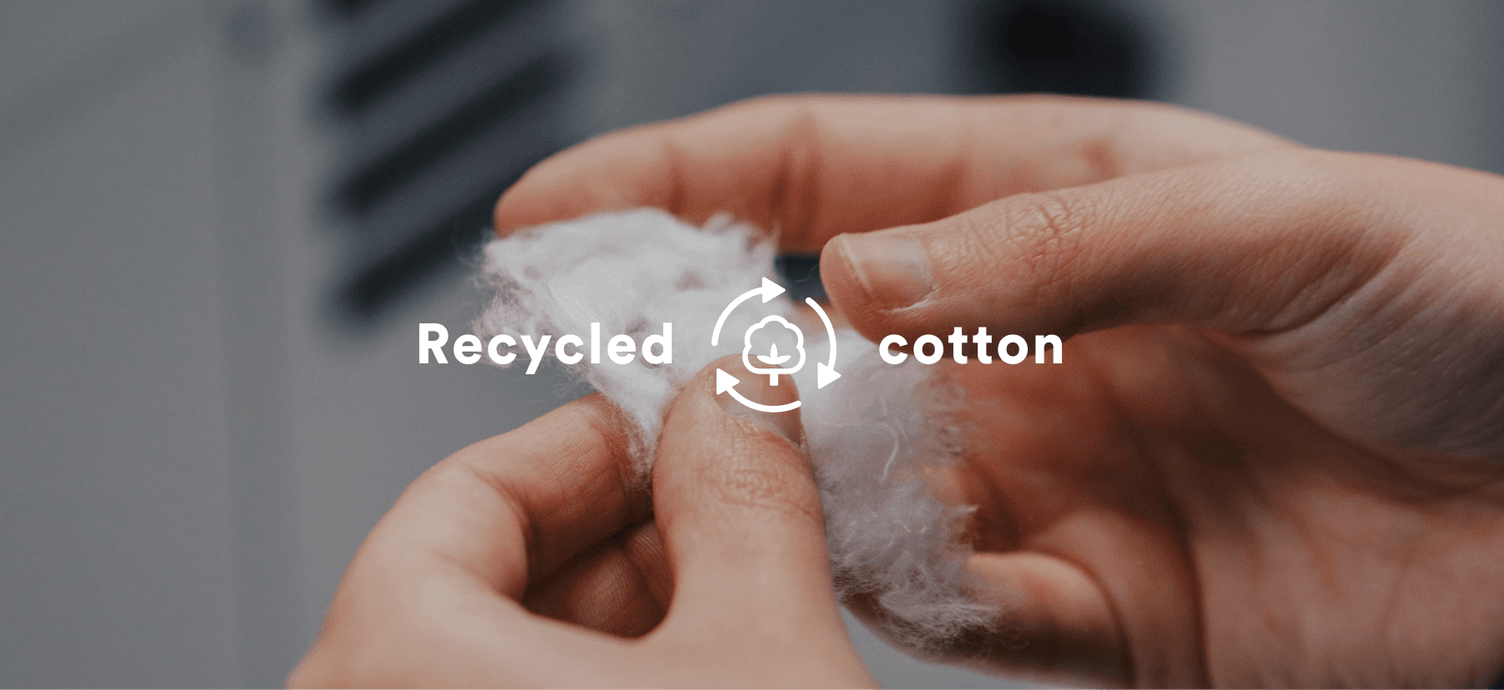
Cotton is an integral part of our everyday lives: it is the second most used fiber by the textile industry [1] and is used across multiple categories of clothing, home textiles, and accessories. You might even be wearing something made of cotton right now. But have you ever stopped to consider whether this cotton is recycled? And if it were, would you be able to tell?
As the world becomes more and more aware of the textile waste crisis, and legislation coming into place to try to slow it down, it is important to understand the concepts within recycled cotton and the nuances you can come across.
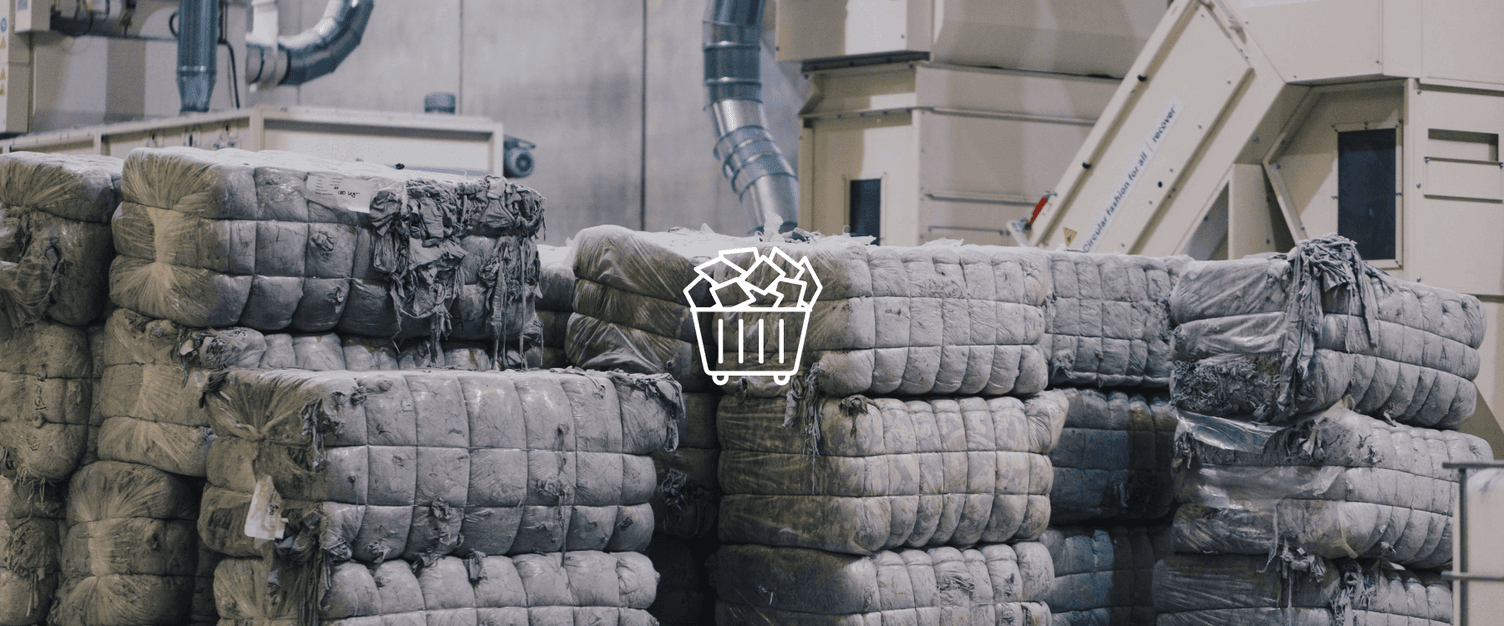
Recycled cotton had an estimated production volume of 300,000 tons in 2022, accounting for approximately 1% of total cotton production worldwide. This contrasts deeply with the approximately 25 million tons of virgin cotton produced annually. However, the demand for recycled cotton is anticipated to increase in the coming years.[1]
The Scaling for Circularity Report [2] highlights that Bangladesh, one of the major textile manufacturing hubs globally, generates around 330,000 tons of post-industrial cotton waste annually. Currently, only 5-7% of this waste is recycled into new fiber, leaving a huge opportunity untapped to close the loop and increase the recycling of this category of products, instead of downcycling it, incinerating it or sending it to landfill.
As the demand for recycled cotton is predicted to grow, it is important for consumers and professionals of the fashion and textiles industry to understand the differences in cotton recycling methods.
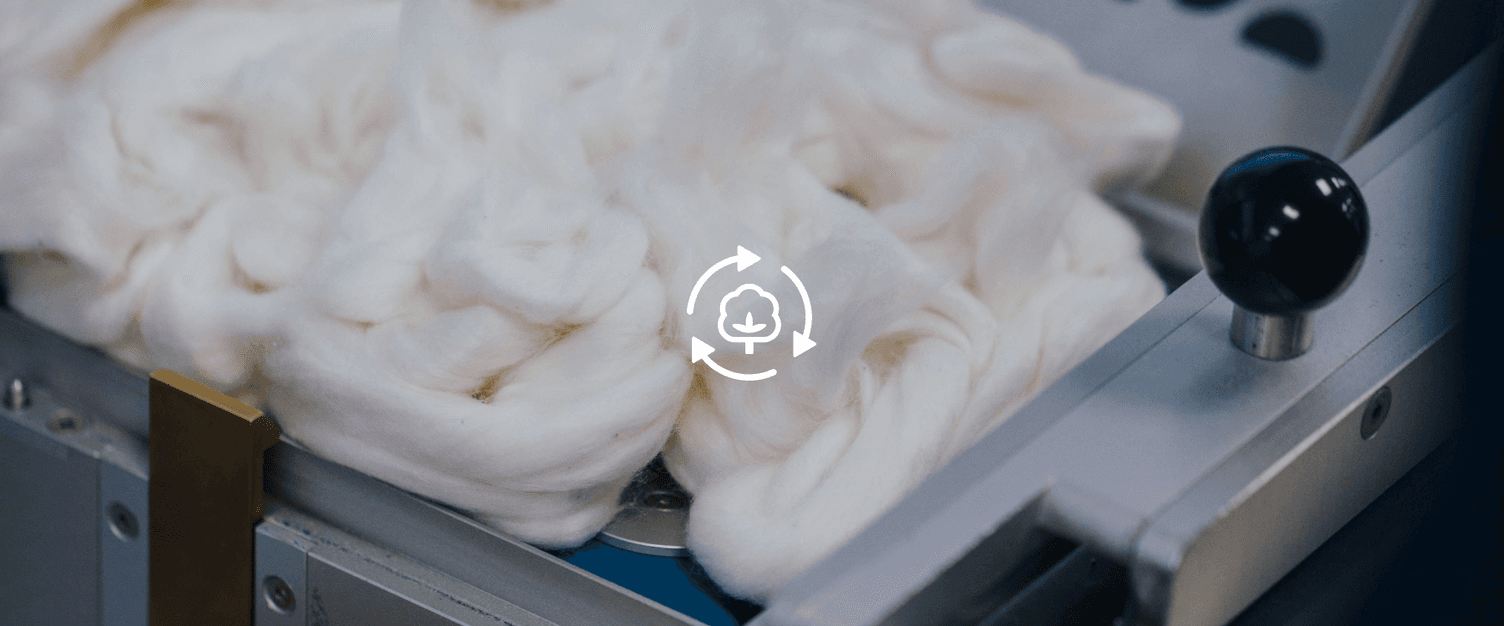
As mentioned in our previous article “A Comprehensive Guide to the Different types of Cotton”, The first differentiation you can encounter when talking about cotton is Virgin VS Recycled. Virgin cotton refers to cotton derived directly from the cotton plant without prior use or processing and that has not been recycled or reclaimed from any post-consumer or industrial waste.
On the other hand, recycled cotton refers to cotton fibers reclaimed or reused from pre-consumer, post-consumer, or post-industrial waste rather than being sourced directly from raw cotton plants.
The process involves collecting discarded cotton-rich garments, textiles, or manufacturing waste, breaking them down into fibers or pulp, and then spinning these fibers into new yarn for textile production. The process to recycle cotton can be completed mechanically or chemically, and we’ll explore both.
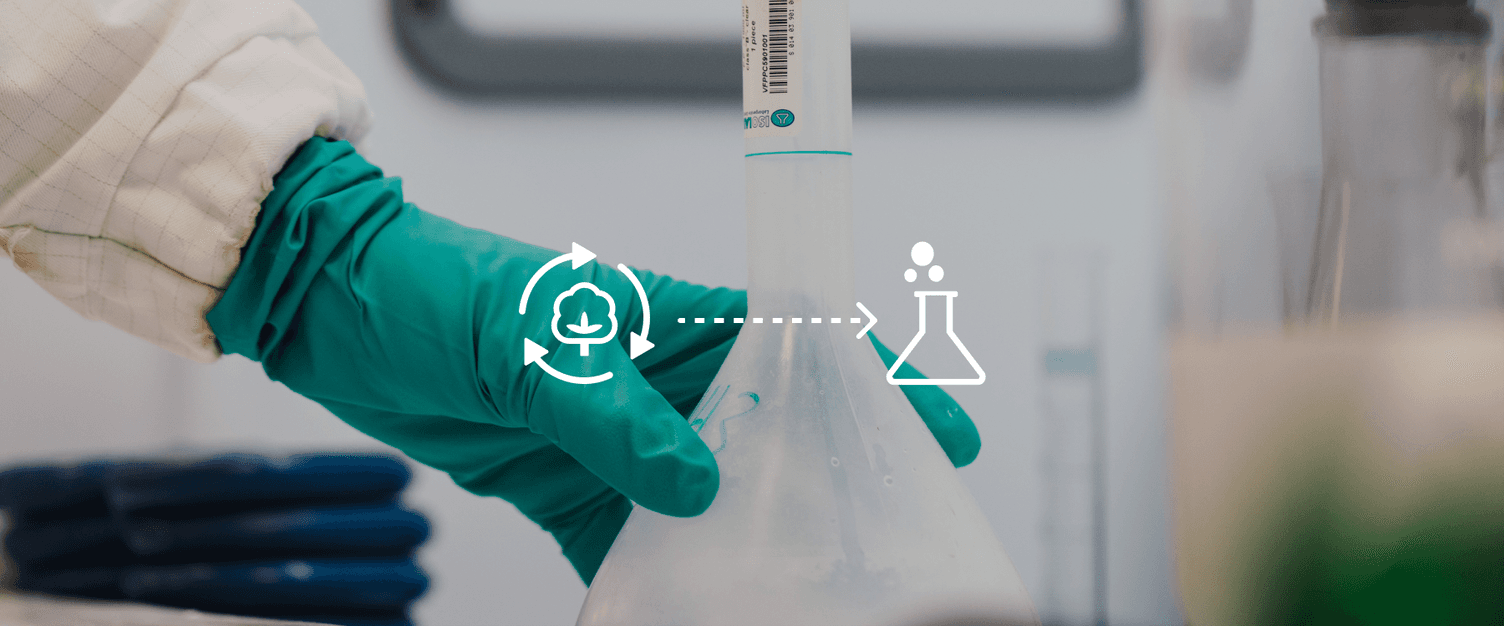
Chemical recycling of cotton involves breaking down cotton textiles into their chemical components, such as cellulose, through a wide variety of methods and chemical processes. Some chemical recyclers have more ease when it comes to recycling post-consumer waste given that the process dissolves raw materials into chemical components, making it a potential solution to tackle the textile waste crisis. [3]
When cotton is recycled through a chemical process, it is transformed into a man-made cellulosic fiber, also called MMCF, and is no longer considered to be cotton. Chemical recycling has a wide range of methods from chemical treatments, to dissolution, hydrolysis, or pressure to break down the cellulose into its constituent molecules. The output is thus not considered to come directly from nature (unlike natural fibers) but is partially modified, similar to Lyocell or Viscose/Rayon.
One of the main challenges that the textile recycling industry is facing is sourcing and sorting of raw material, as we discussed in a previous article. At Recover™, to ensure the high-quality and fiber length we are known for, our raw material needs to be at least 95% cotton, whereas some chemical recyclers have a bit more flexibility.
Chemical recyclers may have processes to separate fiber blends, which would allow them to tackle a very common blend in the market: polycotton. However, to achieve this, chemical recyclers rely on chemicals. They need to be cautious of the chemicals used in their processes to ensure they avoid a negative impact on the environment.
Another challenge of chemical recycling is scaling. Although many actors in the industry are working hard towards creating industrial-scale factories, we are still missing many years from achieving widespread scalability and production.

Mechanical recycling is where Recover™ stands. It is currently the most common method of recycling . This process involves physical processing techniques, including the shredding of textiles into smaller pieces to recycle post-industrial and post-consumer textiles into new recycled cotton fibers which can then be re-entered into the fashion supply chain.
Most mechanical recyclers don’t rely on chemicals nor water during the recycling process, reducing further the impact on the environment. At Recover™ for example, our revolutionary process allows us to ensure the longest fiber at the lowest environmental cost, enabling the industry to close the loop on fashion.
The primary benefit of mechanically recycling cotton lies in its environmental impact. It requires no water or chemicals and consumes minimal energy. Based on assessments from the Higg Material Sustainability Index (Higg MSI) V3.6, Recover™ recycled cotton outperforms virgin conventional cotton across all categories: global warming potential, eutrophication, water scarcity, fossil fuel depletion and chemistry.
Additionally, according to our LCA Spain verified by EcoReview (2022), each kg of Recover™ recycled cotton fiber saves up to 2,116 liters of water and 1.73 kg of CO2 equivalent (Global Warming Potential) compared to conventional cotton. That’s 87% less emissions than conventional cotton.
Another significant advantage of mechanical recycling is its versatility and established technology, which, at Recover™, is readily available on a large scale. At Recover™, recycled cotton fibers can seamlessly blend with virgin cotton or other carrier fibers in varying proportions, allowing for the optimal balance between cost and performance. This approach aids in meeting the sustainable cotton targets set by many brands for 2025 as we can help them scale their recycled cotton production, making sustainable fashion decisions more accessible.
For mechanical cotton recycling to succeed, the feedstock must consist of mono-fiber or cotton-rich materials and avoid "contaminants" such as metallic yarns, warp knitted fabrics, coatings, large rubber trims, and foil-based prints and embroideries. To address this challenge, Recover™ actively engages in educating emerging designers on the principles of "Design for Circularity" encouraging them to consider the end life of their products.
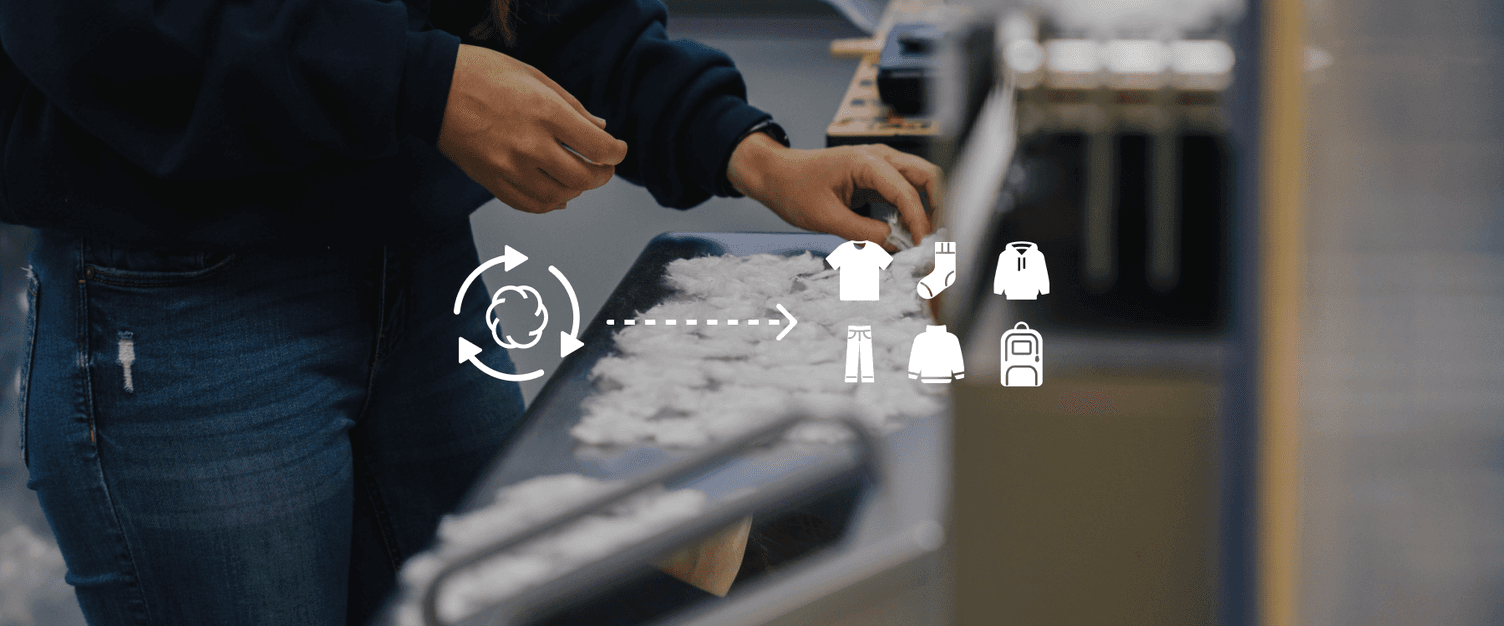
In having circularity at the core of design, when choosing which fibers to work with, clothing designers should factor in which types of fiber are best for which types of clothing. When choosing between mechanically or chemically recycled fibers, it’s not an either-or situation necessarily, according to Cyndi Rhoades, founder Worn Again Technologies. “Mechanical recycling can play an equally valid role in the portfolio of circular solutions while chemical or ‘regenerative’ recycling can ultimately enable the replacement of virgin resources, to address future resource constraints and help to deliver the industry’s net zero greenhouse gas emissions target by 2050.”
Similarly, Harald Cavalli-Björkman, Chief Growth Officer, Renewcell stated “We see a major synergy opportunity in combining mechanically recycled cotton with chemically recycled MMCs to achieve a feel, quality and price that offers a direct substitute to virgin cotton fabrics in significant volumes. It offers a path to shifting not just MMC but also cotton demand to 100% circular and biodegradable textiles at massive scale.”[4]
By effectively understanding the ways mechanically and chemically recycled cotton can be utilized and their key differences, we can work together to bring circularity to the fashion industry. Most importantly, we should understand that due to the incredible technology behind various recycling processes, recycled cotton does not negatively impact quality. We can produce high-quality garments that have a lower impact on the environment.



[1] Textile Exchange, Materials Market Report (2023): https://textileexchange.org/knowledge-center/documents/materials-market-report-2023/
[2] Global Fashion Agenda, Scaling for circularity (2021): https://globalfashionagenda.or...
[3] Textile Exchange, Guide to Recycled Inputs (2022): https://textileexchange.org/ap...
[4] Sourcing Journal, Best of Both Worlds: Unlocking Synergies of Mechanical and Chemical Recycling (2021): https://sourcingjournal.com/to...